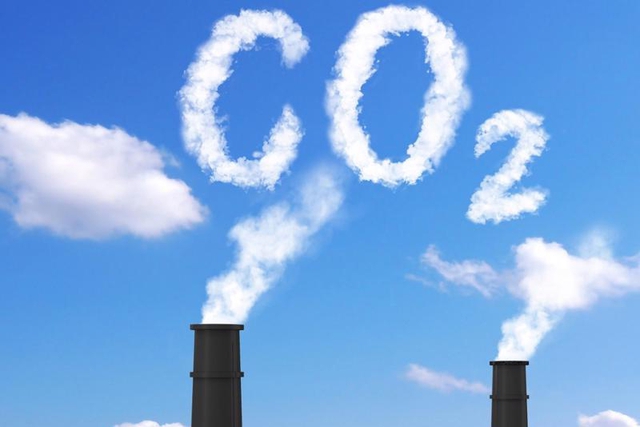Viet Nam joins hands with int’l community to protect ozone layer
VGP - Viet Nam has helped prevent the release of about 240 million tons of CO₂ since it joined Vienna Convention and Montreal Protocol in 1994.

Vietnam target to cut emissions by 11.2 million tons of C02 equivalent by 2045.
After 31-year membership of the Vienna Convention and Montreal Protocol, Viet Nam has helped prevent the release of about 240 million tons of CO₂, contributing to protect the ozone layer, said Tang The Cuong, Director General of the Department of Climate Change under the Ministry of Agriculture and Environment.
In 2025, the international community has celebrated the 40th anniversary of the landmark Vienna Convention for the Protection of the Ozone Layer - an invisible shield that protects us from the UV radiation, known as UV-B. Long-term exposure to high levels of this radiation threatens human health and damages most animals, plants and microbes.
As a developing country, Viet Nam has seriously implemented international commitments on protecting the ozone layer and the Earth's climate.
Accordingly, Viet Nam completely phased out CFCs, Halons, and CTCs in 2010; phased out pure HCFC-141b in foam production in 2015; and only allows the use of methyl bromide for agricultural quarantine purposes. These activities have significantly contributed to protecting the ozone layer and reducing greenhouse gas emissions.
Notably, the protection of the ozone layer has been institutionalized in the 2020 Law on Environmental Protection and many sub-law documents, including Decree No. 06/2022/ND-CP on greenhouse gas emissions reduction and ozone layer protection, Decree No. 45/2022/ND-CP on administrative sanctions in the field of environment, Circular No. 01/2022/TT-BTNMT guiding the implementation of the Law on Environmental Protection on climate change response, and Circular No. 20/2023/TT-BTNMT issuing national technical regulations on the management, collection, recycling, and treatment of controlled substances.
Most recently, the Government promulgated Decree No. 119/2025/ND-CP to further improve the legal framework, creating favorable conditions for enterprises and stakeholders during implementation. At the same time, Viet Nam has also issued and applied many national standards and technical regulations on safety in the production and use of controlled substances.
In the coming period, by implementing the National Plan for the management and phase-out of ozone-depleting substances and controlled greenhouse gases, Viet Nam targets to reduce about 11.2 million tons of CO₂ equivalent by 2045, contributing to the goal of net-zero emissions by 2050.
Viet Nam's activities to protect the ozone layer are closely linked to other national priorities, from controlling greenhouse gas emissions, promoting sustainable cooling, and improving energy efficiency, to developing a green economy and enhancing business competitiveness.
The Director General emphasized that "the control and phase-out of ozone-depleting substances and greenhouse gases not only bring environmental benefits but also create opportunities to access carbon finance mechanisms, mobilize financial resources, and promote technology transfer to accelerate a more comprehensive green transition."
The success of the Vienna Convention and the Montreal Protocol is clear evidence that science, cooperation, and international solidarity can deliver outstanding results.
Viet Nam will continue to stand alongside the international community to fully implement its commitments, promote clean technologies, strengthen public–private partnerships, and raise community awareness./.

